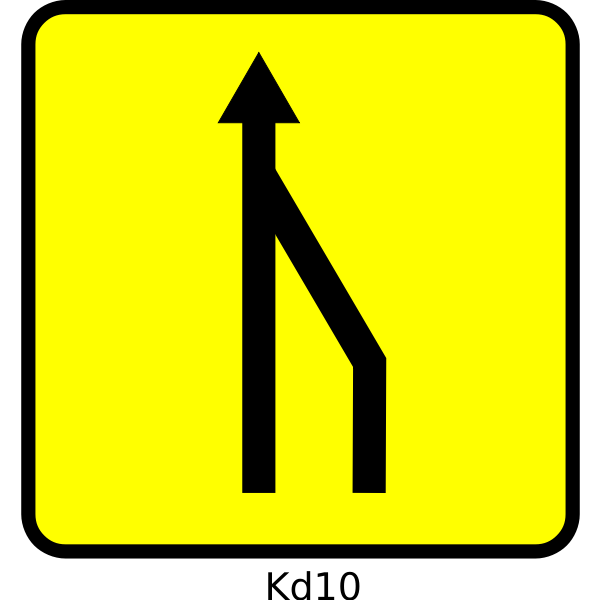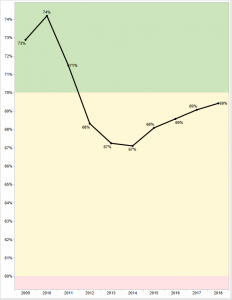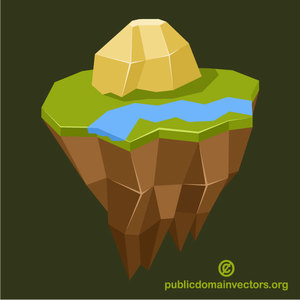

This method increases work efficiency-you could quite easily convert dozens of technical drawings or designs in the time it takes you to manually trace one image. It does this by detecting the lines and shapes present in your image and creating a vector output. This process involves making use of conversion software, which converts your raster to a vector automatically. The evolution of technology brought about a new method of vectorization- automatic tracing. Unfortunately, manual tracing can be a time-consuming process. While a computer might struggle differentiating between lines on a drawing, you would have no such issues due to your knowledge of the drawing. Manual tracing is beneficial in offering precision. If you have a tablet and graphics pen, you could draw over the image. Using specific software, you can trace over a raster image by using your mouse. Manual tracing used to be the only method you could use to create a vector from a raster image. It’s possible to trace a raster and convert it to a vector in one of two ways-manual tracing or automatic tracing.

This is how people are able to create the flawless images you might have seen on websites or advertisements. This process involves tracing over a raster image in order to create an editable vector image. If you’re new to the world of graphic design or CAD, you might not be familiar with tracing-otherwise known as vectorization.

Inkscape can also be used to convert raster images to vectors using a trace feature. It can be used to create artwork, digital graphics and illustrations like logos. Inkscape is a popular vector graphics editor used across industries due to its immense accessibility.


 0 kommentar(er)
0 kommentar(er)
